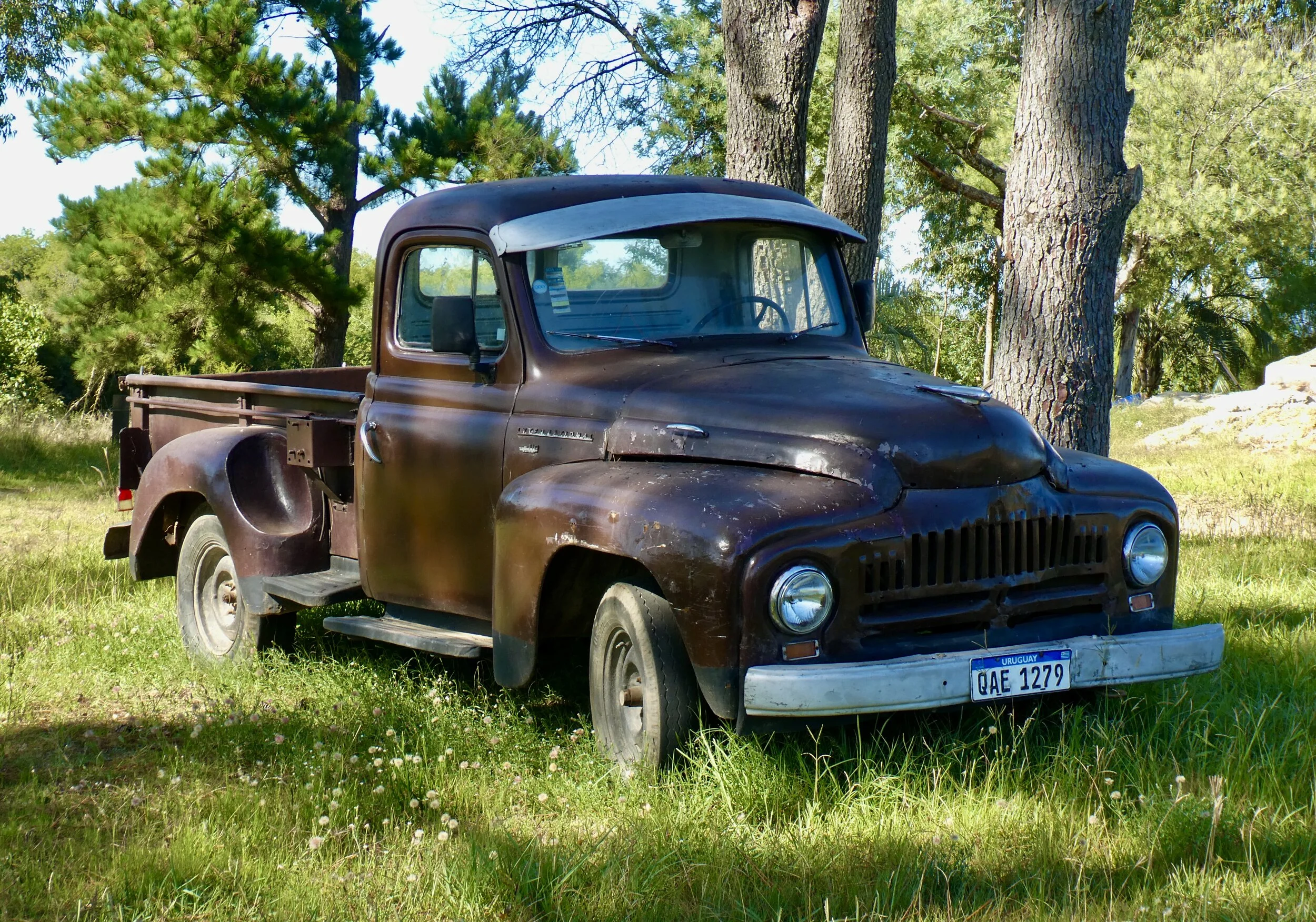Estancias
are large, private plots of land used for farming or cattle-raising. Estancias in the South American grasslands, have historically been estates used to raise livestock, such as cattle or sheep. When I organized my trip to Uruaguay, I wanted to experience a working Estancia because they are really the heart and soul of rural Uruaguay. Where do Uruaguay’s 12 million cattle reside? Well, in the thousands of big and small estancias located throughout the country.
El Silencio
is an estancia located in central Uruguay near the town of Durazno. Standing at El Silencio’s entrance, you have to look far into the distance to see its boundaries. Within its 1,500 hectares or 3,700 acres you will find 1,000 cattle and 400 sheep grazing. This is a real authentic working ranch.
Facilities and accommodations are modest. Many of the buildings were built in the mid 1900’s and they still have the feel and look as if time hasn’t changed. Meals were very good and in the classic Uruguayan tradition, more than you could ever eat.
Gauchos
are the estancia's ranch workers on horseback. They have a similar status to the identity of the North America cowboy. Not hard to recognize the difference - its the hat.
There are several activities available for new arrivals. First up its time to mount up your horse and check on some cattle and fences. Rosauro (our gaucho) was helpful in getting us started and keeping an eye on our progress. We rode around for a couple of hours and never made it to the property line. Never really accomplished anything. The cattle seemed to stare at us - they knew we had no idea what we were doing.
Silence is Golden
The ranch has dogs, cats, a rooster, and lots of parrots. Everyone seemed to be living in harmony, at least during the day. It’s not hard to figure out what the name of the estancia means “El Silencio” . That was the case for the day time, not the night time. Everyone including the animals and birds live in the same courtyard area. Just beside the courtyard was a tree that had been converted into a kind of Parrot condominium. About 9pm the Parrots would start squawking trying to figure out who was nesting with who, then at 11:30pm the dogs would be barking at some critter who had wandered on to the property and to end the night time “silence” - the rooster would start crowing at 4:30am. This repeated itself each night. Check out my photos of all who were living in daytime harmony.
Mariela & Gonzalo
are the owners of El Silencio. Gonzalo just celebrated his 74th birthday. They are the kindest people you will ever meet. Mariela fussed over us constantly. Did we want more food, would we like to do this or that - she was incredible. The highlight of our stay was when Gonzalo took us to his property line in his truck. Mariela came too and we communicated via Spanglish. The western line of their property lies at the edge of the Maciel River. We went to the swimming hole where they used to take their children. This is where they had shared many special memories as a family. The whole time with Mariela and Gonzalo I could feel the pride they had for their estancia and their country. It’s not always the things you see or do when traveling that make your trip special, but the moments you share with the people you meet along the way.
San Pedro de Durazno
I mentioned that El Silencio was located near the town of Durazno. Mariela suggested we make a trip to town to visit a Catholic church that attracted people from around the world.
The church of San Pedro de Durazno was inaugurated on January 2, 1822. My first photos show the facade today, which is the same as it was in 1822. It’s the interior that has totally changed. In 1967, a fire caused great damage to the building, the original wooden trusses that supported the roof of the central nave were burned, and the entire roof over the nave collapsed.
An engineer by the name of Eladio Dieste was put in charge of the reconstruction that began in 1969, but instead of rebuilding following the plans of the original neo-Renaissance work, he proposed a completely different design. Dieste built a 32-by-23-meter reinforced brick roof with a very particular geometry. Its play of shapes, textures and lights gave the church a very unique appearance. I have been in many churches on past trips and even several on this trip, but I have never been in a church whose simplicity and design made you stand in awe. The exterior light shining on the statue of Christ draws you towards the central nave in an extraordinary way.





























